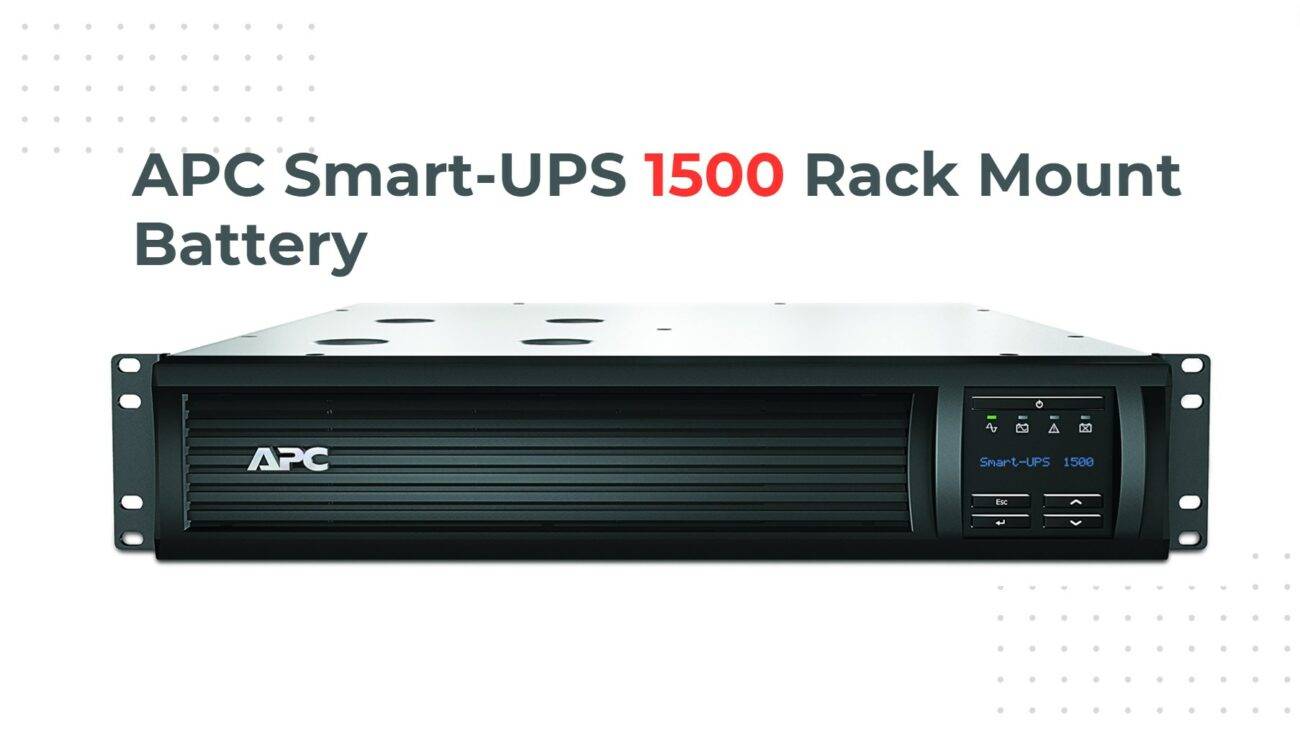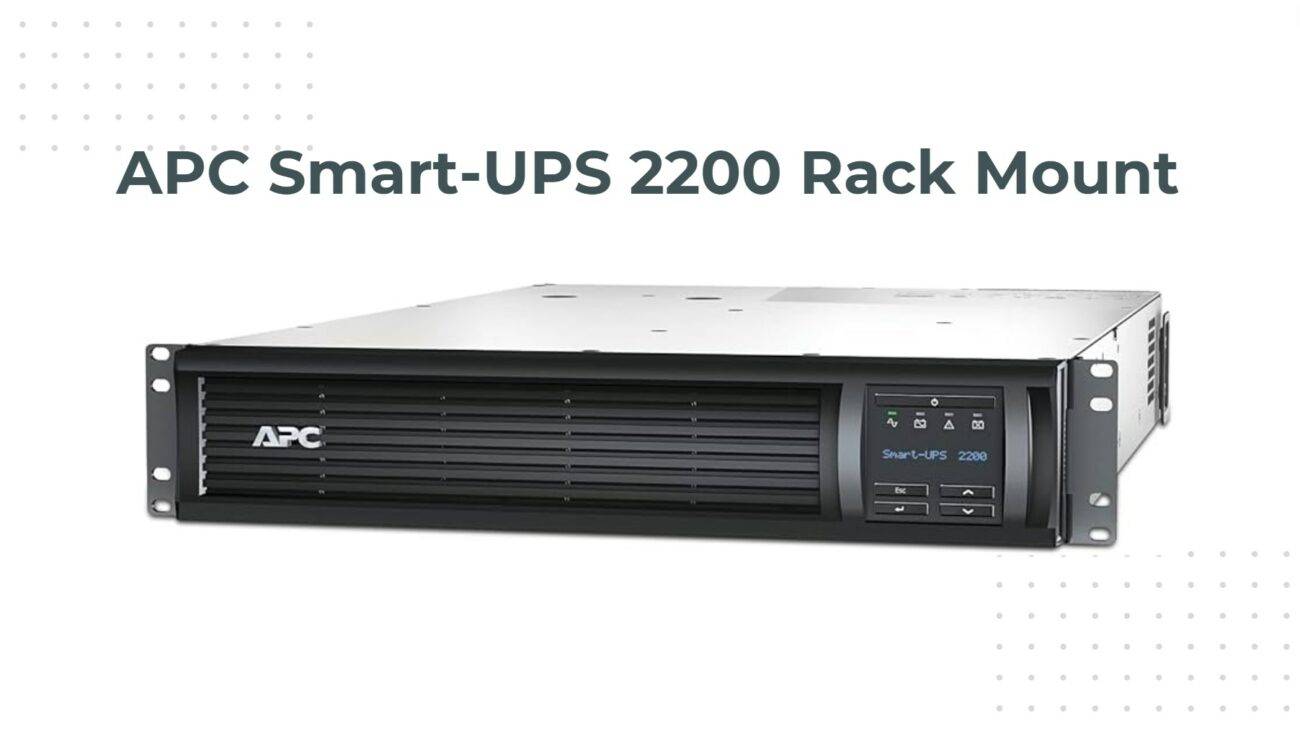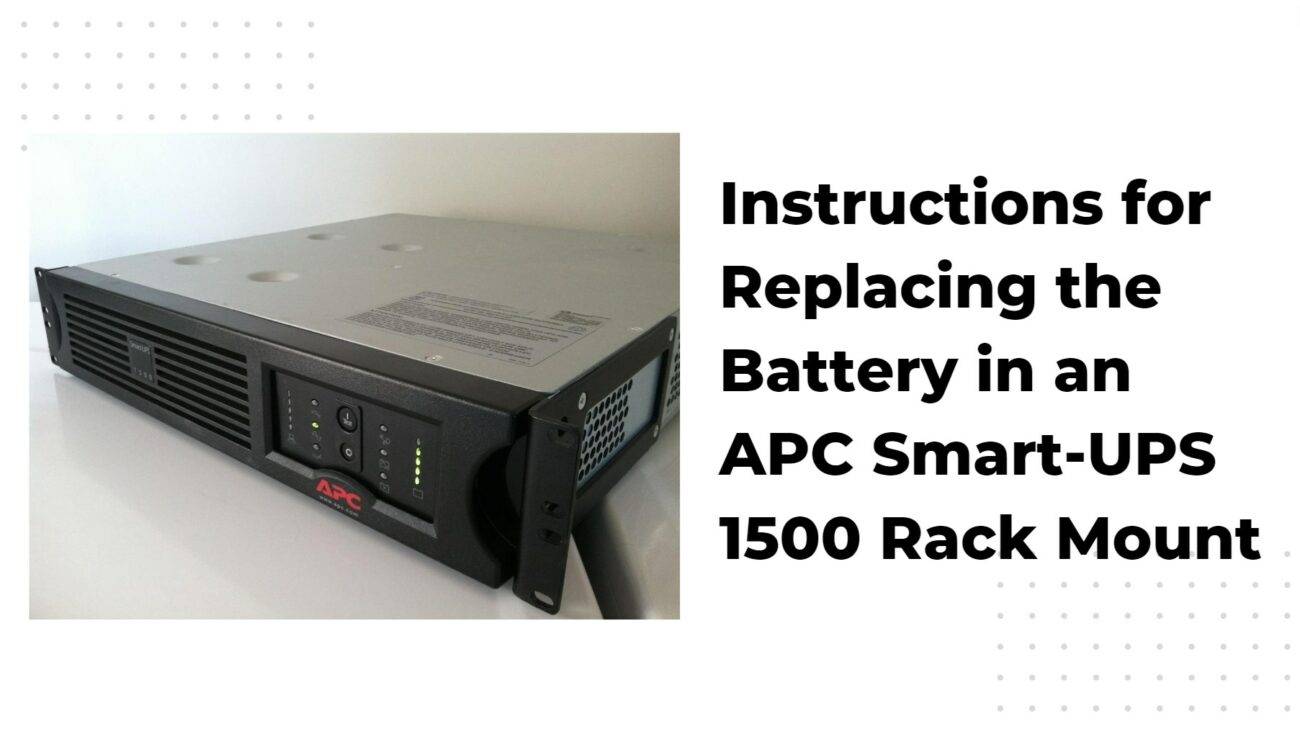- Lithium Golf Cart Battery
- Forklift Lithium Battery
-
48V
- 48V 210Ah
- 48V 300Ah
- 48V 420Ah (949 x 349 x 569 mm)
- 48V 420Ah (950 x 421 x 450 mm)
- 48V 456Ah
- 48V 460Ah (830 x 630 x 590 mm)
- 48V 460Ah (950 x 421 x 450 mm)
- 48V 460Ah (800 x 630 x 600 mm)
- 48V 460Ah (820 x 660 x 470 mm)
- 48V 500Ah
- 48V 560Ah (810 x 630 x 600 mm)
- 48V 560Ah (950 x 592 x 450 mm)
- 48V 600Ah
- 48V 630Ah
-
48V
- 12V Lithium Battery
12V 150Ah Lithium RV Battery
Bluetooth App | BCI Group 31
LiFePO4 Lithium
Discharge Temperature -20°C ~ 65°C
Fast Charger 14.6V 50A
Solar MPPT Charging - 24V Lithium Battery
- 36V Lithium Battery
- 48V Lithium Battery
-
48V LiFePO4 Battery
- 48V 50Ah
- 48V 50Ah (for Golf Carts)
- 48V 60Ah (8D)
- 48V 100Ah (8D)
- 48V 100Ah
- 48V 100Ah (Discharge 100A for Golf Carts)
- 48V 100Ah (Discharge 150A for Golf Carts)
- 48V 100Ah (Discharge 200A for Golf Carts)
- 48V 150Ah (for Golf Carts)
- 48V 160Ah (Discharge 100A for Golf Carts)
- 48V 160Ah (Discharge 160A for Golf Carts)
-
48V LiFePO4 Battery
- 60V Lithium Battery
-
60V LiFePO4 Battery
- 60V 20Ah
- 60V 30Ah
- 60V 50Ah
- 60V 50Ah (Small Size / Side Terminal)
- 60V 100Ah (for Electric Motocycle, Electric Scooter, LSV, AGV)
- 60V 100Ah (for Forklift, AGV, Electric Scooter, Sweeper)
- 60V 150Ah (E-Motocycle / E-Scooter / E-Tricycle / Tour LSV)
- 60V 200Ah (for Forklift, AGV, Electric Scooter, Sweeper)
-
60V LiFePO4 Battery
- 72V~96V Lithium Battery
- Rack-mounted Lithium Battery
- E-Bike Battery
- All-in-One Home-ESS
- Wall-mount Battery ESS
-
Home-ESS Lithium Battery PowerWall
- 24V 100Ah 2.4kWh PW24100-S PowerWall
- 48V 50Ah 2.4kWh PW4850-S PowerWall
- 48V 50Ah 2.56kWh PW5150-S PowerWall
- 48V 100Ah 5.12kWh PW51100-F PowerWall (IP65)
- 48V 100Ah 5.12kWh PW51100-S PowerWall
- 48V 100Ah 5.12kWh PW51100-H PowerWall
- 48V 200Ah 10kWh PW51200-H PowerWall
- 48V 300Ah 15kWh PW51300-H PowerWall
PowerWall 51.2V 100Ah LiFePO4 Lithium Battery
Highly popular in Asia and Eastern Europe.
CE Certification | Home-ESS -
Home-ESS Lithium Battery PowerWall
- Portable Power Stations
What is a UPS Rack Mount? A Comprehensive Guide to Understanding and Installing UPS Systems
A UPS rack mount is an essential component in data centers and server rooms, designed to provide uninterruptible power supply (UPS) systems that protect sensitive equipment from power disruptions. By understanding its functionality, benefits, and installation requirements, users can ensure optimal performance and reliability.
What is a UPS Rack Mount and why is it used?
A UPS rack mount refers to a type of uninterruptible power supply that is specifically designed to fit into standard server racks. These units provide backup power during outages, ensuring that critical equipment remains operational. They are commonly used in data centers, telecommunications, and other environments where continuous power is essential.
| Feature | Description |
|---|---|
| Form Factor | Fits into standard 19-inch racks |
| Power Protection | Provides backup power during outages |
| Equipment Compatibility | Supports various IT equipment |
How does a UPS Rack Mount function in a server environment?
A UPS rack mount functions by continuously monitoring incoming power supply. When it detects an interruption or voltage fluctuation, it automatically switches to battery power, allowing connected devices to continue operating without interruption. This seamless transition protects sensitive equipment from damage due to power loss or surges.
What are the benefits of using a UPS Rack Mount system?
Using a UPS rack mount system offers several advantages:
- Power Reliability: Ensures continuous operation of critical systems.
- Space Efficiency: Designed to fit neatly within server racks, saving valuable floor space.
- Scalability: Easily expandable to accommodate growing power needs.
- Management Features: Many models include monitoring software for real-time performance tracking.
| Benefit | Description |
|---|---|
| Power Reliability | Continuous operation during outages |
| Space Efficiency | Saves floor space in data centers |
| Scalability | Expandable as power needs grow |
| Management Features | Real-time monitoring and alerts |
How do you install a UPS Rack Mount correctly?
Proper installation of a UPS rack mount involves several steps:
- Select an Appropriate Location: Choose a sturdy rack with adequate airflow.
- Prepare the Installation Site: Ensure that there is sufficient space for installation and maintenance.
- Mount the UPS: Use appropriate mounting brackets and hardware to secure the unit in place.
- Connect Power Cables: Follow manufacturer guidelines for connecting input and output cables.
- Test Functionality: After installation, perform tests to ensure proper operation.
Why is proper ventilation crucial for UPS systems?
Proper ventilation is critical for UPS systems because they generate heat during operation. Insufficient airflow can lead to overheating, which may cause equipment failure or reduced efficiency. It’s essential to install the unit in an environment with adequate cooling or use additional fans if necessary.
| Ventilation Requirement | Importance |
|---|---|
| Adequate Airflow | Prevents overheating |
| Temperature Control | Ensures optimal performance |
What maintenance practices should be followed for UPS Rack Mounts?
Regular maintenance of UPS rack mounts includes:
- Routine Inspections: Check connections, cables, and physical condition regularly.
- Battery Maintenance: Monitor battery health and replace batteries as needed (typically every 3-5 years).
- Software Updates: Keep management software up-to-date for optimal performance.
- Environmental Monitoring: Ensure that temperature and humidity levels remain within specified limits.
How do you choose the right UPS Rack Mount for your needs?
Choosing the right UPS rack mount involves considering several factors:
- Power Requirements: Calculate total wattage needed for all connected devices.
- Form Factor: Ensure compatibility with your existing rack space (e.g., 1U, 2U).
- Runtime Needs: Determine how long you need backup power during outages.
- Features: Look for additional features such as LCD displays, network management capabilities, and warranty options.
Industrial News
The demand for reliable uninterruptible power supply (UPS) systems continues to grow as businesses increasingly rely on technology for daily operations. Recent advancements in battery technology have led to more efficient and compact rack mount solutions that offer longer runtimes and improved management features. As organizations prioritize uptime, investing in quality UPS systems has become essential.
Redway Power Expert Views
“Selecting the right UPS rack mount system is crucial for maintaining operational continuity,” states an expert from Redway Power. “With advancements in technology, modern systems not only provide reliable backup but also offer enhanced monitoring capabilities that help organizations manage their power resources effectively.”
FAQ Section
Q1: How long do batteries last in a rack-mounted UPS?
A1: Typically, batteries last between 3 to 5 years depending on usage conditions and maintenance practices.Q2: Can I connect multiple devices to one rack-mounted UPS?
A2: Yes, most rack-mounted UPS systems can support multiple devices as long as their total wattage does not exceed the unit’s capacity.Q3: Is it necessary to have professional installation for a UPS rack mount?
A3: While many users can install them themselves, professional installation may be recommended for larger units or complex setups.

















